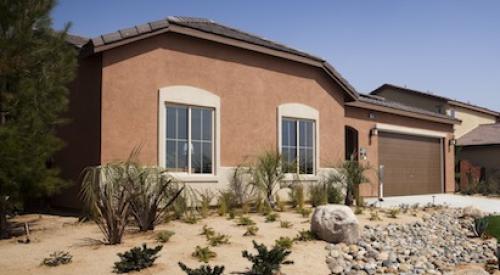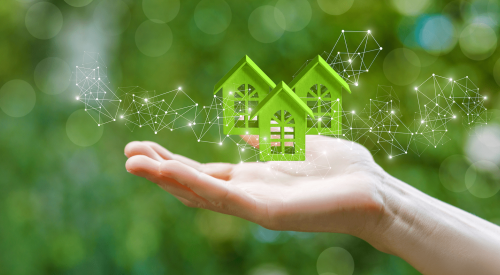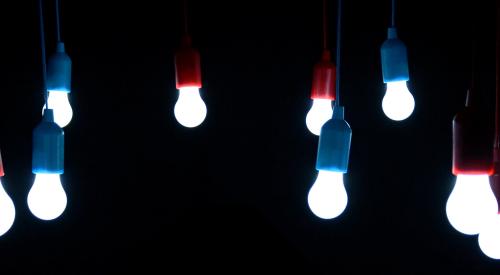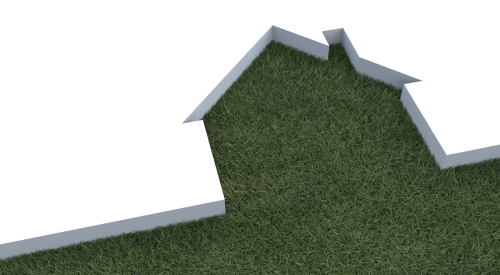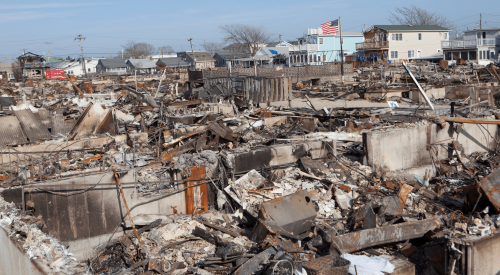Through a new partnership announced this June by the National Association of Home Builders (NAHB) and Fannie Mae, an entire menu of specialized mortgage products is being developed for homes that meet environmentally friendly criteria.
Part of the NAHB/Fannie Mae environmental partnership is a commitment by Fannie Mae to fund local green initiatives to the tune of $100 million. Meanwhile, local home builder associations will work with Fannie Mae Partnership Offices on financial products and other projects that emphasize the efficient use of resources in the design, construction and operation of homes. The program kicks off in six pilot cities this year: Atlanta; Columbus, Ohio; Albuquerque, N.M.; Denver; Los Angeles and Seattle.
We home builders know that demand for resource-efficient homes is rising. We also know that the trend toward building environmentally friendly homes represents one of the most important changes our industry is going to make in coming years. That’s why we welcome the chance to work with Fannie Mae, the nation’s largest source of financing for home mortgages, to help ensure that affordable financing is available for homes built with innovative new products and methods.
It’s only right that consumers be able to capture the benefits of environmentally responsible construction - including lower operating costs, reduced maintenance and increased durability - through appropriate mortgage options.
The partnership is just the latest demonstration of NAHB’s commitment to green building. In April, we joined with Professional Builder and the Environmental Protection Agency to sponsor the first National Conference on Green Building in Denver. The event focused on integrating environmentally-responsible building practices into day-to-day builder operations. The conference was a great success and will be held again in Denver next April, this time with a separate educational track for local government officials.
Local Efforts
Meanwhile, a number of NAHB’s local affiliates have begun green building programs that allow builders to meet various environmental standards for land development, building materials, waste management, energy and water efficiency and more.
The NAHB Research Center, which also has been working with Fannie Mae on the environmental mortgage initiative, recently completed A Guide to Developing Green Building Programs to help local builder associations start their own green initiatives. For more information on this guide, log on to www.nahbrc.org.
The new partnership with Fannie Mae will act as a powerful incentive to spur the green building movement into a nationwide trend. It will encourage more builders to employ innovative, energy- and resource-efficient construction methods as attractive financing options are made available for the growing number of home buyers who desire a "green" connection.
Whether that connection comes in the form of recycled building materials, energy-efficient windows, lighting and appliances, water conservation methods, or landscaping and site plans that minimize tree loss, home buyers should be able to reap the benefits without financing headaches. Fannie Mae officials understand this, and we’re with them all the way.
